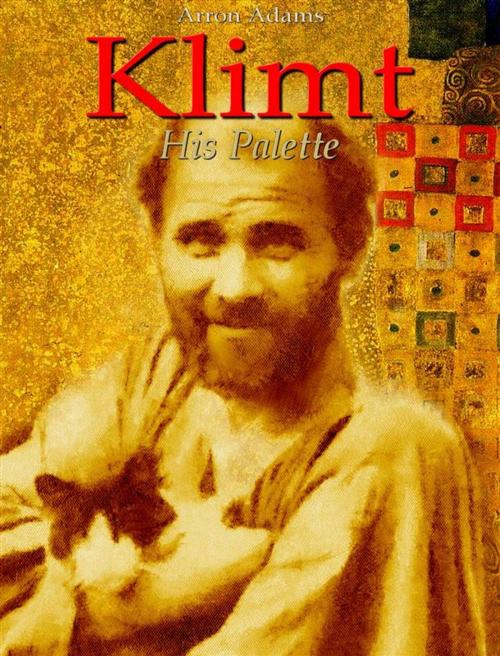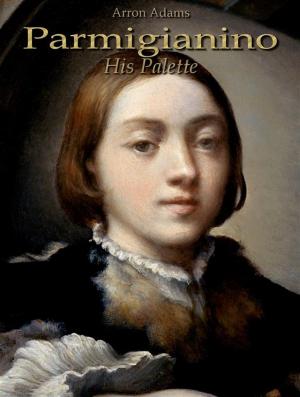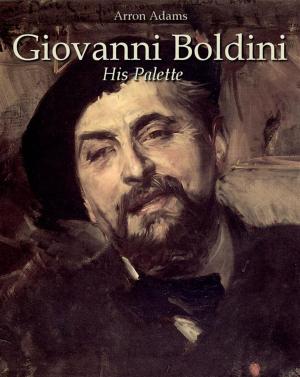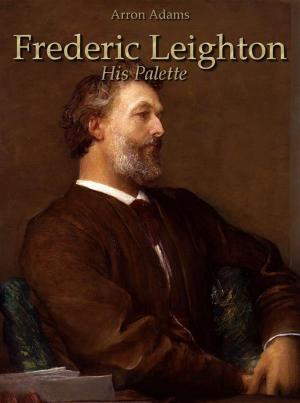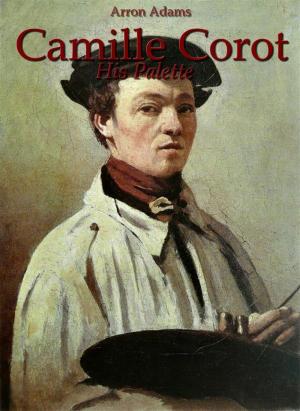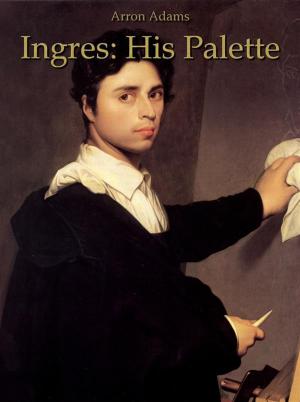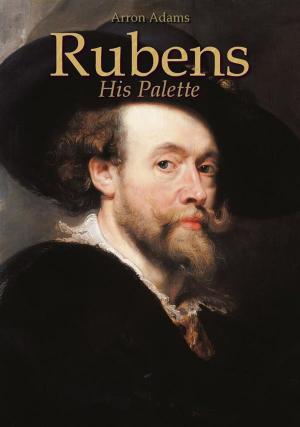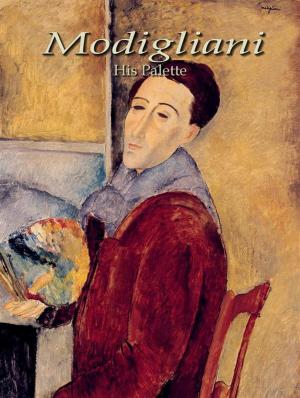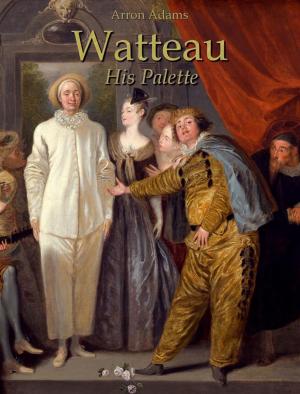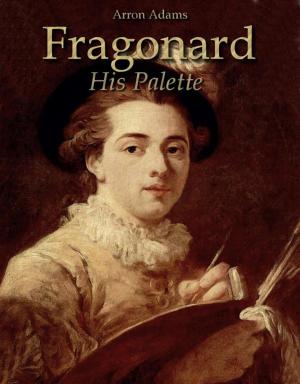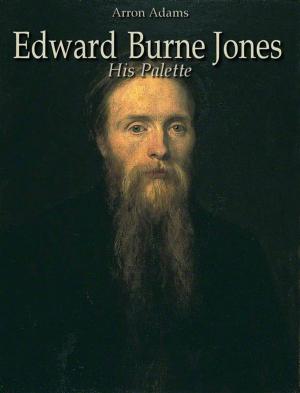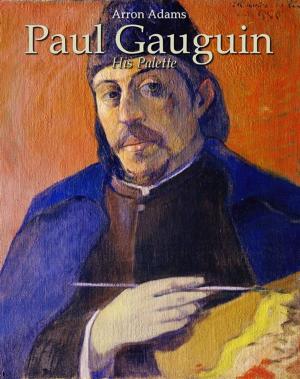| Author: | Arron Adams | ISBN: | 9788892593602 |
| Publisher: | Arron Adams | Publication: | April 11, 2016 |
| Imprint: | Language: | English |
| Author: | Arron Adams |
| ISBN: | 9788892593602 |
| Publisher: | Arron Adams |
| Publication: | April 11, 2016 |
| Imprint: | |
| Language: | English |
Gustav Klimt was an Austrian symbolist painter, whose primary subject was the female body. His paintings, murals, and sketches are marked by a sensual eroticism, which is especially apparent in his pencil drawings. He was Vienna's most famous advocator of Art Nouveau, or, as the style was identified in Germany, "youth style". He is remembered as one of the famous decorative artists of the 20 century, and he also created one of the century's most important examples of erotic art. Primarily flourishing as a conservative academic painter, his run into with more modern trends in European art encouraged him to build up his own free and frequently out of this world style. His place as the co-founder and first president of the Vienna Secession also ensured that this style would become broadly prominent - though Klimt's direct authority on other artists was partial.
While some critics and historians contend that Klimt's work should not be incorporated in the canon of modern art, his work - particularly his paintings after 1900 - remains striking for its visual combinations of the old and the modern, the real and the abstract. Klimt shaped his greatest work during a time of change and radical ideas, and these traits are clearly marked in his paintings.
Gustav Klimt was an Austrian symbolist painter, whose primary subject was the female body. His paintings, murals, and sketches are marked by a sensual eroticism, which is especially apparent in his pencil drawings. He was Vienna's most famous advocator of Art Nouveau, or, as the style was identified in Germany, "youth style". He is remembered as one of the famous decorative artists of the 20 century, and he also created one of the century's most important examples of erotic art. Primarily flourishing as a conservative academic painter, his run into with more modern trends in European art encouraged him to build up his own free and frequently out of this world style. His place as the co-founder and first president of the Vienna Secession also ensured that this style would become broadly prominent - though Klimt's direct authority on other artists was partial.
While some critics and historians contend that Klimt's work should not be incorporated in the canon of modern art, his work - particularly his paintings after 1900 - remains striking for its visual combinations of the old and the modern, the real and the abstract. Klimt shaped his greatest work during a time of change and radical ideas, and these traits are clearly marked in his paintings.
